Toys and play are not only important for development of the individual, they are central to learning and progress of humankind
“Toys are not really as innocent as they look. Toys and games are preludes to serious ideas…Take your pleasure seriously”, said Charles Eames, one of the most influential industrial designers of the century. Going by industry reports the Indian toy market is under 1 percent of the global figure, but growing very rapidly with the rising middle class. Organized toy retail is growing at 35 percent annually and one can see it is a very serious business indeed.
As far as design is concerned, creating new toys needs extreme ability to be able to tell stories, make wild connections and a pursuit of happiness and play par excellence. To understand toys and human behaviour around toys, it is important to understand the nature of ‘play’ itself. Through play and make-believe worlds, humans learn about themselves, shape their identities, explore social roles and relationships, solve complex problems that are hard to define and thus goes the cycle of learning and progress. The notion that the idea of play is very central to learning is taking root in very serious corporate establishments too. Best creative companies, in fact, do not differentiate between work and play. The notion that work is serious and drab as opposed to play, which is fun and entertainment, is receding as new economic models are emerging.
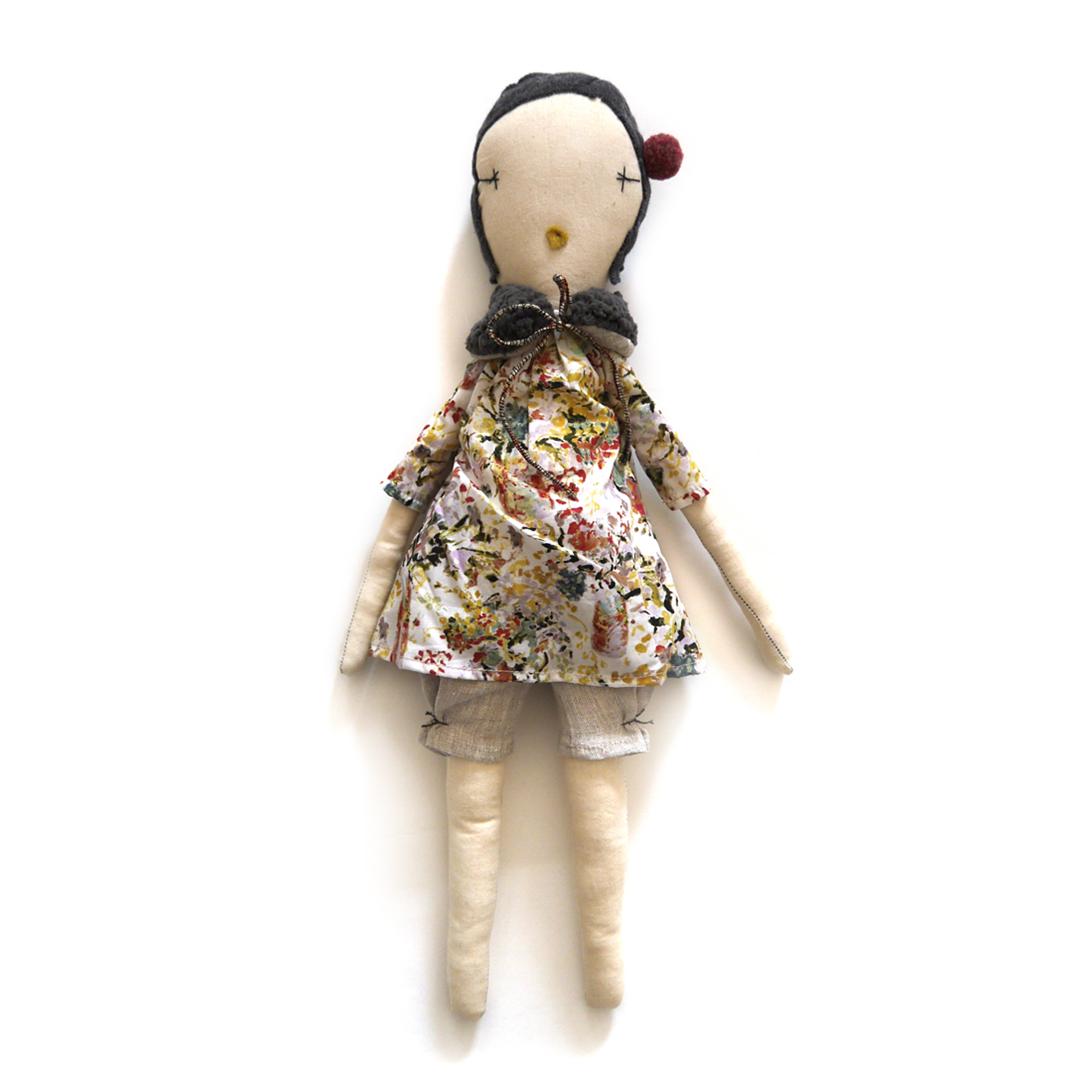
One of the most fascinating toymakers of our times is the celebrated Danish company LEGO. Lego has reinvented itself rapidly in the last decade through innovative products and rationalization of their business through systematic efforts. LEGO’s well articulated mission could be a fundamental guiding principle for any toy designer: ‘Our ultimate purpose is to inspire and develop children to think creatively, reason systematically and release their potential to shape their own future – experiencing the endless human possibility’. In 2000, LEGO was named ‘Toy of the Century’ by Fortune magazine as well as by the British Toy Retailers Association. Gerry Masters, spokesman for BATR, said: “The brick has been developed for each generation and the toy has never stood still, but fundamentally the classic building brick still remains.”
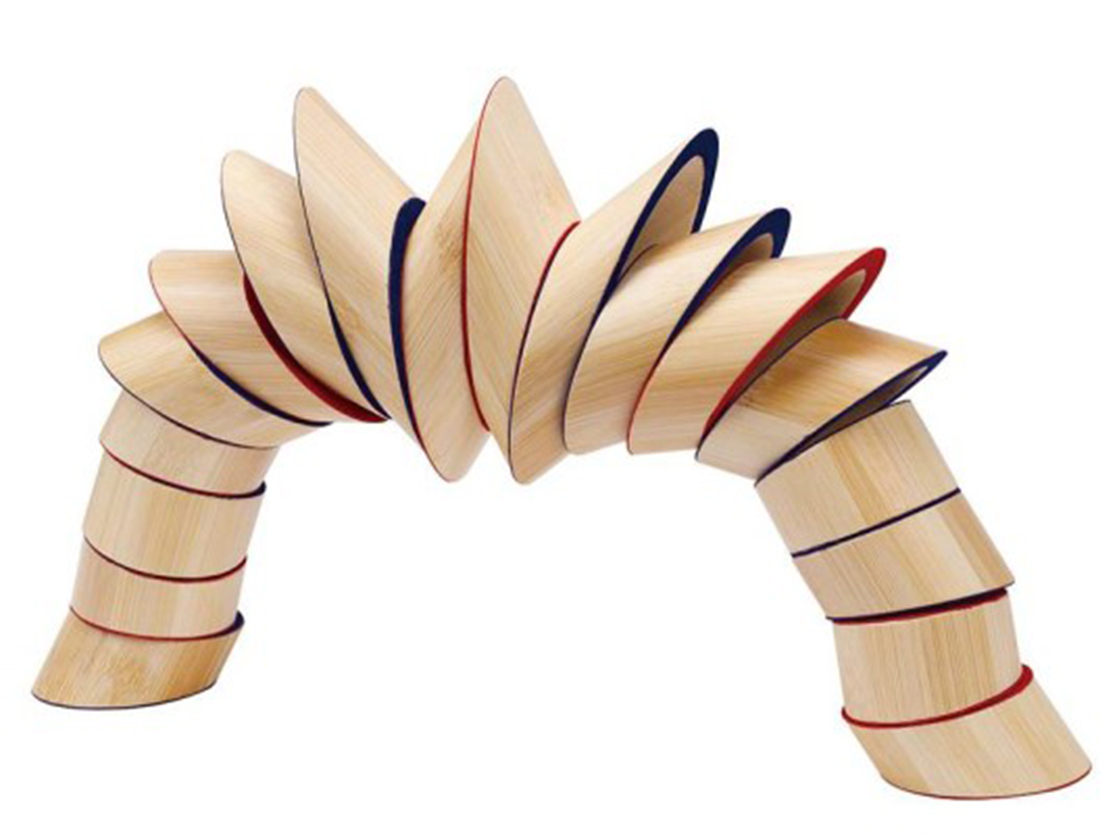
The current big question that toymakers across the world are asking themselves is exactly how technology is affecting the nature of play and how much technology is ‘good to’ and ‘needs to’ be accommodated in their future products. Different answers to this question are going to determine not only the shape of things to come but also the survival of their businesses. As design is becoming a group activity in most sectors, perhaps a panel of futurists, ethnographers, technocrats, businessmen, hackers and designers will have to hammer out strategies to handle this uncertainty on an ongoing basis.
What remains constant is the necessity to play. Stuart Brown of Institute of Play sums it up, “What do most Nobel Laureates, innovative entrepreneurs, artists and performers, well-adjusted children, happy couples and families, and the most successfully adapted mammals have in common? They play enthusiastically throughout their lives.”
-
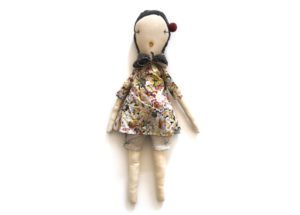
“Loved to death and used everyday family heirlooms” was the promise behind Jess Brown’s rag dolls. Each doll is completely unique and cut to order. All the raw material and manufacturing uses ‘green’ practices
-
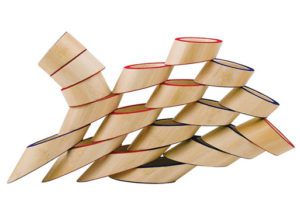
The Totter Tower is a set of tapered sliced bamboo rings that have an anti skid surface at the sliced sections.The units can be put into some fascinating structures easily
-
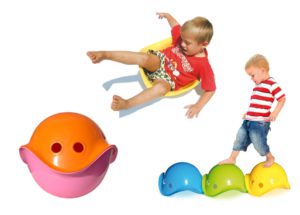
Developed by Swiss designer Alex Hochstrasser, the Bilibo is an award-winning toy that takes on many roles with a simple hard-plastic shell
-
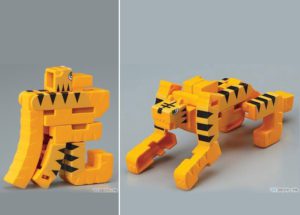
Mojibakeru toy figures start as Japanese Kanji characters and are transformed into the animals each character represents
-
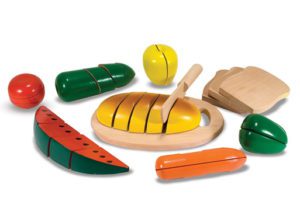
A vegetable cutting set that uses slices attached through Velcro to a most realistic cutting effect. Founded by a couple in 1988 from their basement, Melissa and Doug toys have showed double digit growth over 20 years
-
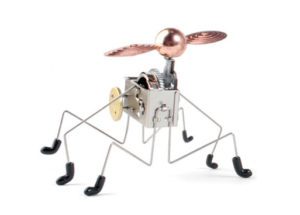
Kikkerland’s Wind- Up toys are fascinating mechanisms that have the potential to bring out the child in you. Kikkerland has complete set of these mechanical insects and is a huge thriving business
-
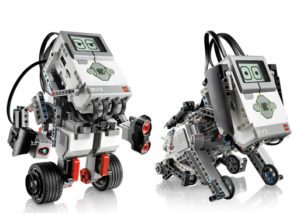
LEGO Mindstorm EV3. The customizable, programmable robot series from LEGO traces back its roots to the programmable brick created at the MIT media lab
